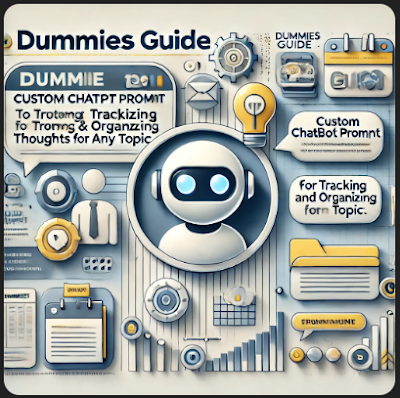AI Will Not Take Your Job. Those Who Know How to Use AI Will. (And You’re Probably One of the Ones Getting Replaced)
You still think your experience and hustle will save you when the layoffs hit next quarter?
Here’s the brutal truth. AI isn’t coming for jobs that require taste, judgment, relationships, and decisive action under uncertainty. It’s coming for every repetitive, predictable, soul-crushing task you secretly hate doing anyway. The problem is you’ve built your entire career on being really good at those tasks, and now you’re scared shitless because you can’t see what’s left when they vanish. I felt that same panic in 2019 when my own industry started bleeding margins overnight. The difference is I stopped whining and started mapping exactly what humans still own that machines can’t touch in the next decade.
You spot the gap every single day and ignore it. Your inbox is full of generic emails you could write in your sleep. Your reports follow the same template you made in 2017. Your strategy decks are 90% copy-paste with new numbers. Meanwhile the 28-year-old who just learned how to feed your exact process into Claude finishes the same work in 11 minutes and spends the rest of the day closing deals or inventing offers you haven’t even imagined. That gap between what you do manually and what’s now automatable is your death zone if you keep pretending it doesn’t exist.
Here’s how you crush it and make AI your unfair advantage instead of your executioner. You don’t need another prompt engineering course. You need a dead-simple system that turns your unique human edge into leverage while the tool does the grunt work. Do this exact sequence this week:
- List every output you’re paid for that feels repetitive (reports, emails, proposals, research, whatever).
- Force-rank them by time sucked vs revenue created.
- Pick the top three time vampires and build a zero-code pipeline that finishes them in under 10% of the time you spend now (I’ll hand you the exact stack if you’re in my circle).
- Take the 20+ hours you just freed and spend every minute of it on the one thing no algorithm can replicate: building trust at the speed of conversation with people who can 10x your income.
- Tell everyone about it and Build your Personal Brand
Do that and you don’t just keep your job. You make yourself un-fireable and untouchable while everyone else panics about robots.
Join the newsletter right now if you’re done watching your relevance evaporate. No theory, just what’s working this minute. https://andywergedal.kit.com/



.jpg)

.jpg)
.jpg)
.jpg)
.jpg)
.jpg)
.jpg)




